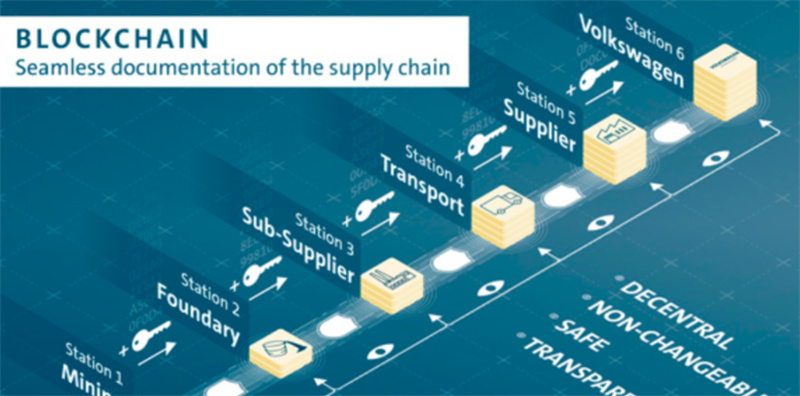In an era where consumers increasingly value transparency about the origin of a product, the entire production process, and whether or not they have stock in a nearby store, retailers are exploring new and innovative solutions to meet these expectations. One technology that has great potential to achieve this is radio frequency identification (RFID). In recent years, the supply chain has seen a variety of issues, from significant delays to shortages of production materials, and retailers need a solution that provides them with transparency to identify and address these bottlenecks. By giving employees a clearer picture of inventory, orders, and deliveries, they can provide better service to customers and enhance their physical store experience. As RFID technology continues to evolve and become more widely used, retailers across multiple industries have begun to harness its potential to meet consumer expectations and enhance their brand reputations. RFID technology can help all products obtain a unique (forgery-proof) product identity, also known as a digital product passport. A cloud platform based on the EPCIS standard (Electronic Product Code Information Service) can trace and trace the origin of each product and check whether its identity is real. Data validation within the supply chain is essential to ensure direct communication between goods and customers. Of course, data is usually still stored in a closed state. Using standards like EPCIS, supply chain traceability can be structured and optimized so that transparent data provides shareable evidence of a product’s origin. While retailers are working to make this happen, improving the efficiency of data collection and integration remains a challenge. This is the impact of EPCIS as a standard for creating and sharing inventory locations and visualizing them across a supply chain or value network. Once integrated, it will provide a common language to capture and share so-called EPCIS information through the supply chain process, so that customers understand the nature of the product, where it comes from, who makes it, and the processes in their supply chain, as well as the production and transportation process.
Post time: Oct-26-2023






